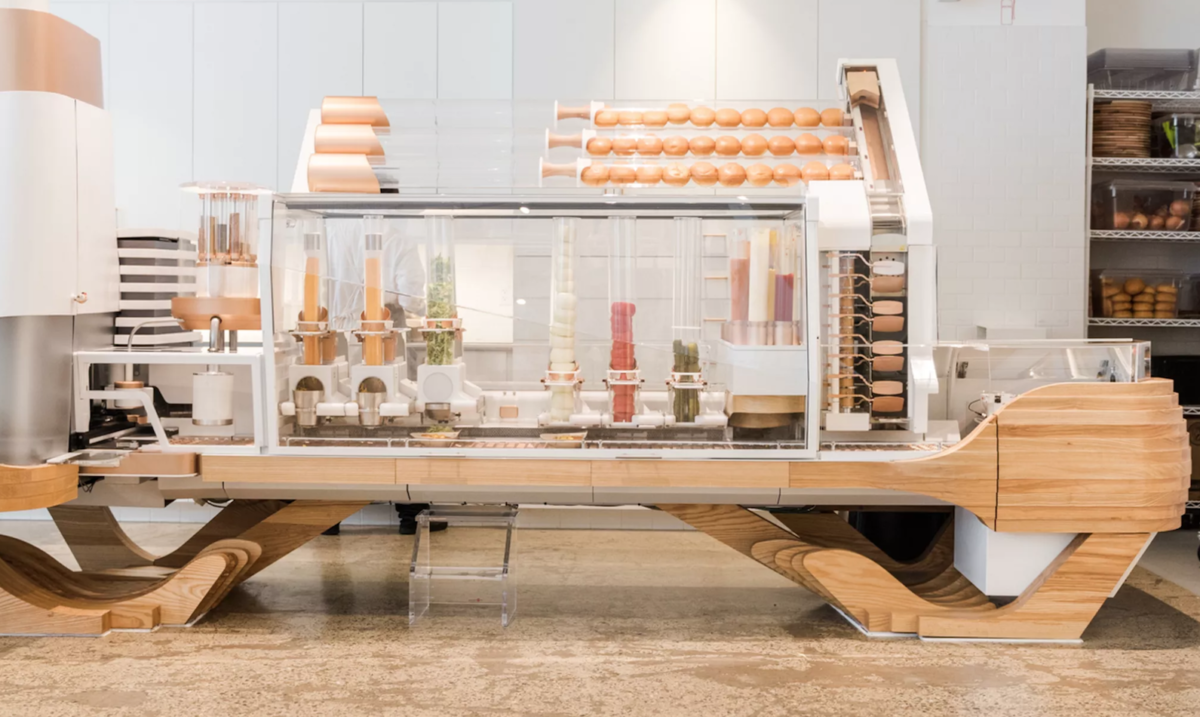Netflix has shown to be a company both disruptive to its own industry as well as to surrounding industries. Through online streaming, the company has accrued over 130 million subscribers and close to 12 billion dollars in revenue in 2017.
In order to keep these subscribers happy, Netflix needs content. Investments in programming have been consistent, with 6.3 billion dollars being spent alone in 2017. However, that is not the only area in which Netflix is trying to improve subscriber satisfaction, or as they call it: “the better experience”. Much research has been performed (by Netflix) on how subscribers choose what movies and series to watch. Netflix subscribers spend an average of 1.8 seconds per tile, which is not a lot of time, deciding whether to watch the programme or not. Netflix has been using a recommendation algorithm, based on user research, that provides the subscriber with suggestions on what he or she might like to watch. It is common knowledge that your recommendations are based on your viewing history, thumbs up or down and which shows you quit watching. All this data is used to create the recommendation algorithm.
What might not be common knowledge, however, is the customisation of the tiles for each programme based on your viewing profile. At the beginning of 2018, Netflix has rolled out an experiment to entice subscribers to watch programmes through personalised content. All of this to give the better user experience and keep subscribers tied to Netflix.
One of the downsides to these algorithms is that due to the recommendation system, Netflix has become very adept at recommending things a subscriber likes. What it lacks is exposure to things it does not like or doesn’t know it likes yet. The recommendations could get repetitive, old or just plain boring. Furthermore, if multiple people are using the same user-account, these recommendations completely scramble.
Although Netflix has created a lot of value with their recommendation algorithm, there are still a few improvements to be made, but with an experimental pool of a 130 million, I am sure they have enough people to try.
Sources:
https://www.statista.com/topics/842/netflix/
https://www.statista.com/statistics/860754/tv-network-programming-expenditure/
https://www.thrillist.com/entertainment/nation/how-new-netflix-recommendation-algorithm-works#


